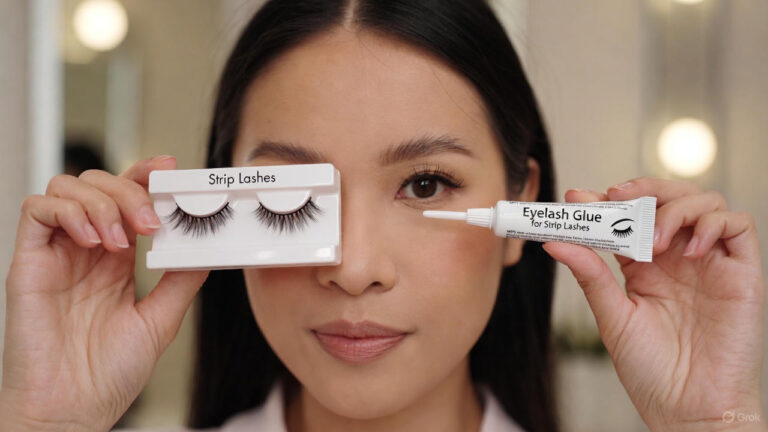
Top 6 Best Eyelash Glues for Strip Lashes in 2026
Applying strip lashes can turn a simple makeup look into something stunning. But if your lashes start lifting halfway through the day, it ruins everything, right? That’s why…

Applying strip lashes can turn a simple makeup look into something stunning. But if your lashes start lifting halfway through the day, it ruins everything, right? That’s why…
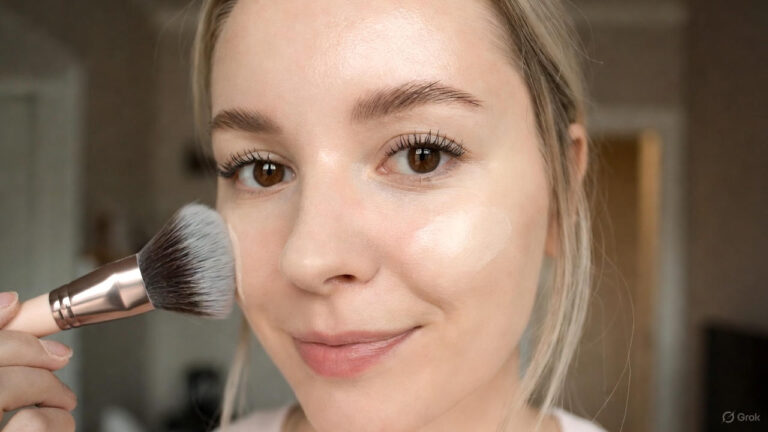
Dry skin can be challenging when it comes to makeup application, especially with powders that often emphasize flakes and texture. Hydrating setting powders are a game-changer, designed to…
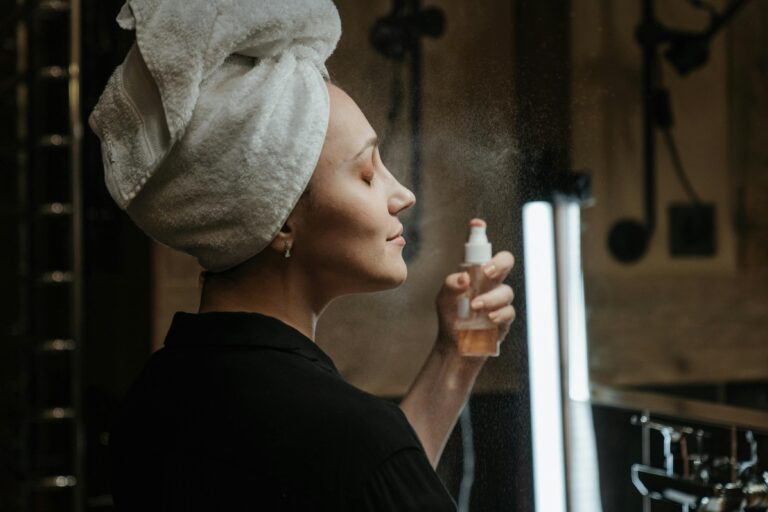
Illuminating setting sprays are a game-changer in the world of makeup. These sprays not only lock your look in place but also add a radiant finish to your…

Art Nouveau, a decorative art movement from the late 19th and early 20th centuries, continues to inspire modern aesthetics. Known for its flowing lines, intricate floral motifs, and…
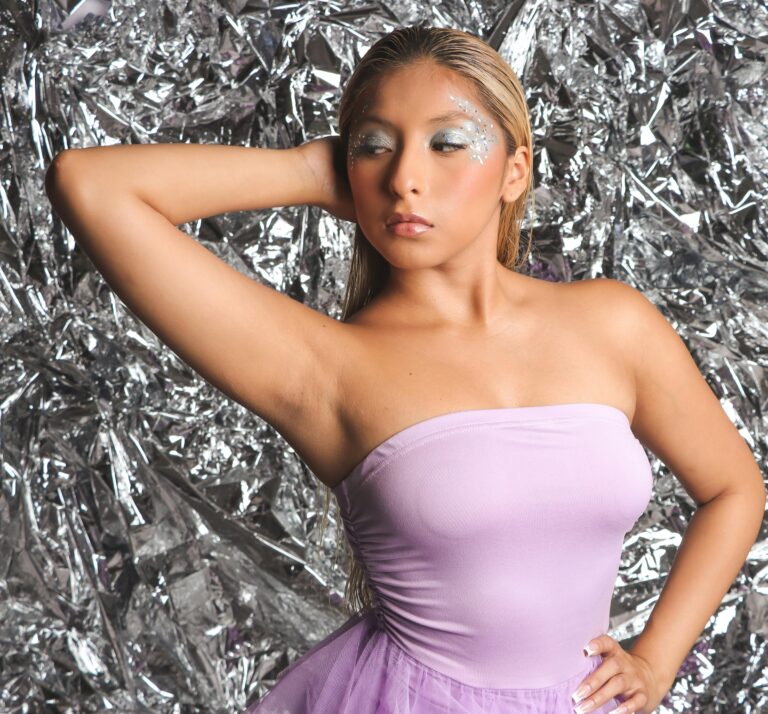
Foiled eyeshadow looks are a captivating way to add drama and shimmer to your makeup. Featuring intense metallic pigments, these looks are perfect for special occasions or when…
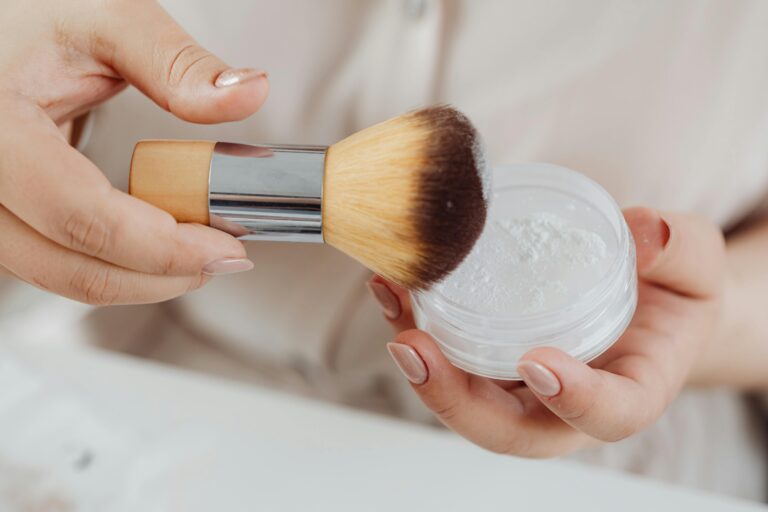
Matte setting powders are a staple for anyone looking to maintain a shine-free complexion throughout the day. Designed to control excess oil and set makeup, these powders are…

Vintage Hollywood is synonymous with timeless elegance and unmatched glamour. From the striking red lips of Marilyn Monroe to Audrey Hepburn’s precise cat-eye liner, the classic looks of…
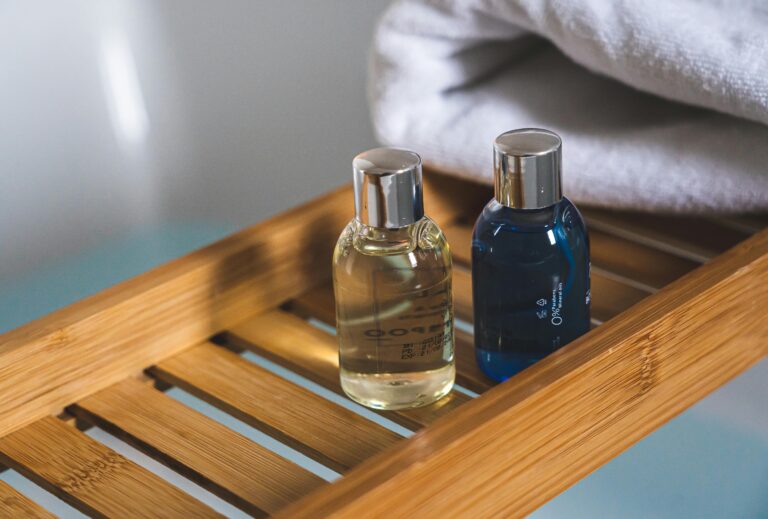
Dirty makeup brushes can lead to skin irritation, clogged pores, and uneven makeup application. Regular cleaning is essential to keep your brushes in top condition, but you don’t…
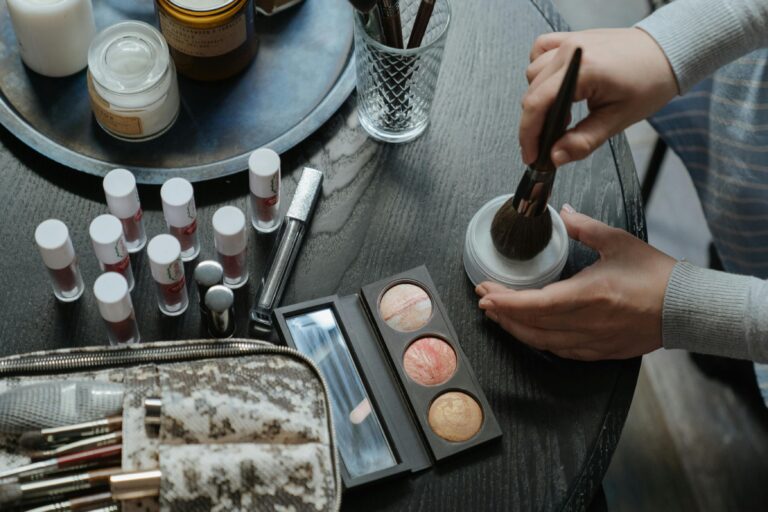
Dewy setting powders have become a staple in makeup routines, especially those aiming for a luminous, radiant complexion. Unlike traditional matte powders, these formulas help set your makeup…
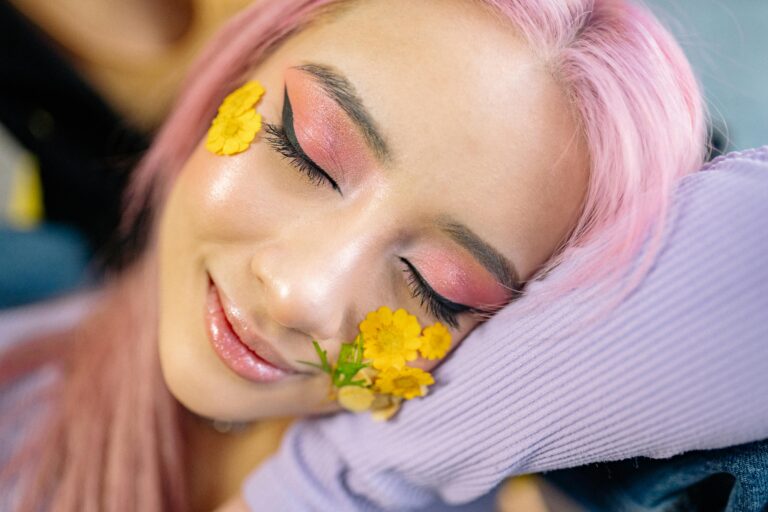
Art Deco, the iconic design movement of the 1920s and 1930s, continues influencing beauty trends with its bold shapes, rich colors, and opulent details. Known for its focus…
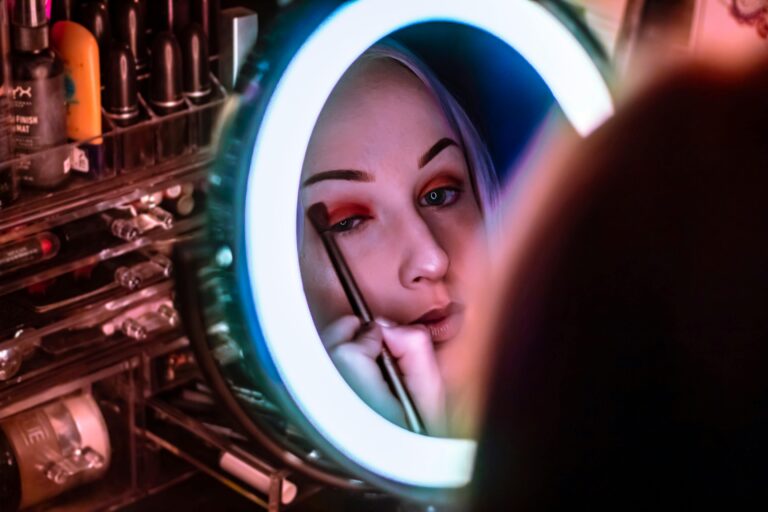
Makeup has the power to transform, highlight, and enhance our natural features, and no feature is more expressive than the eyes. Eye sculpting is a specialized technique that…
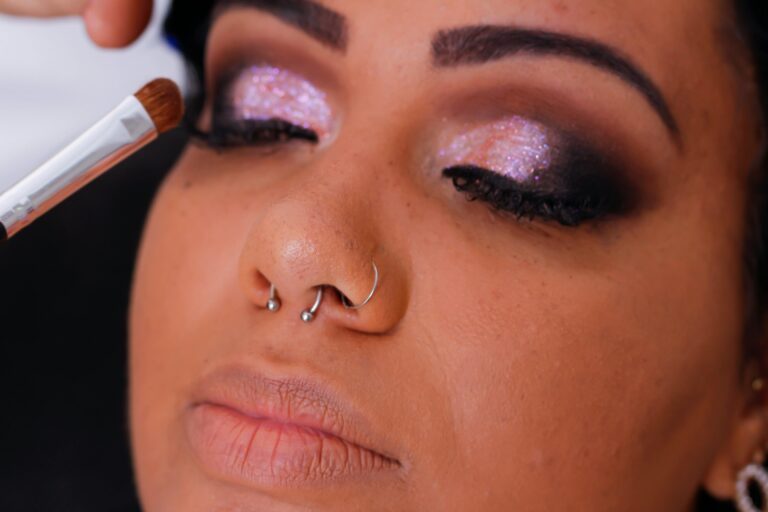
Metallic eye makeup is a showstopper, instantly adding drama and dimension to any look. Foil shadows, known for their intense pigmentation and high-shine finish, are perfect for creating…
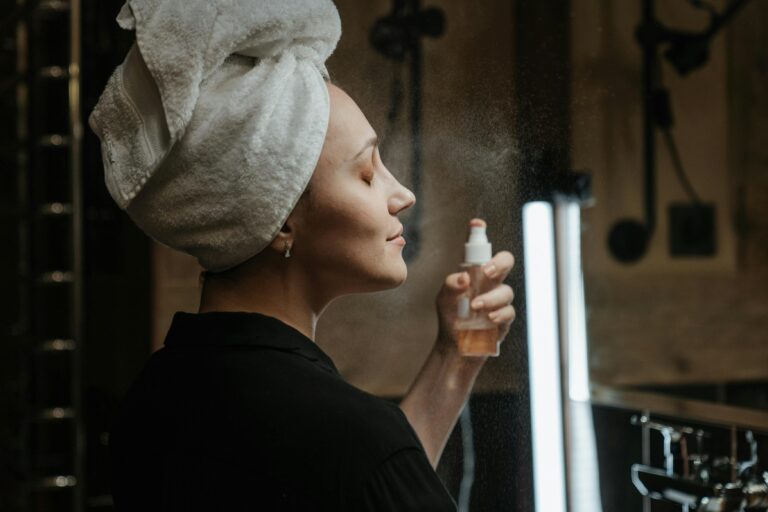
A flawless, dewy complexion is the ultimate makeup goal for many. Hydrating setting sprays are the secret weapon that combines makeup longevity with skincare benefits. Designed to lock…
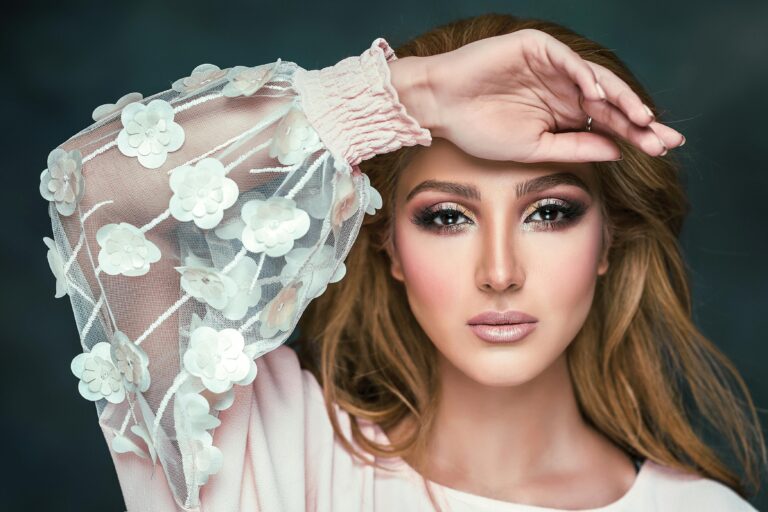
Art history has always been a source of inspiration for beauty trends. From the bold hues of the Renaissance to the surrealist touches of the 20th century, makeup…
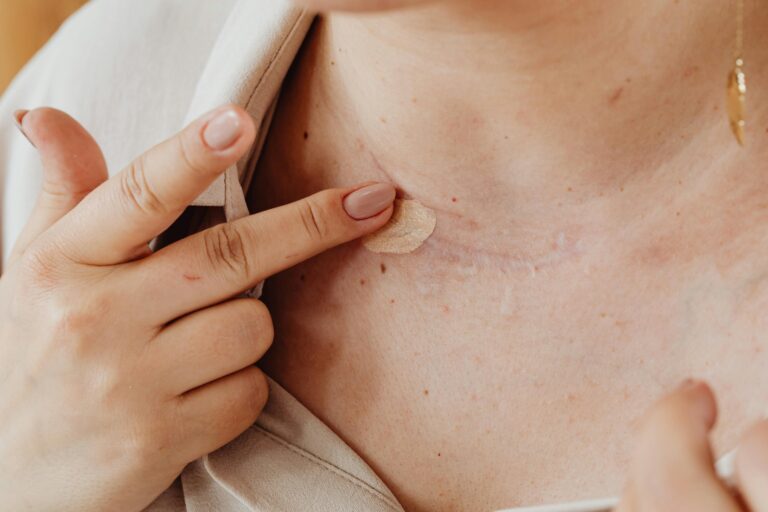
Color-correcting concealers have revolutionized the way we tackle skin imperfections. Designed to target discoloration and uneven skin tone, these concealers use a strategic application of colors to neutralize…

Stage performances demand makeup that stands out under harsh lighting while accentuating your expressions. Unlike everyday makeup, stage makeup must be bolder and longer-lasting to ensure every detail…
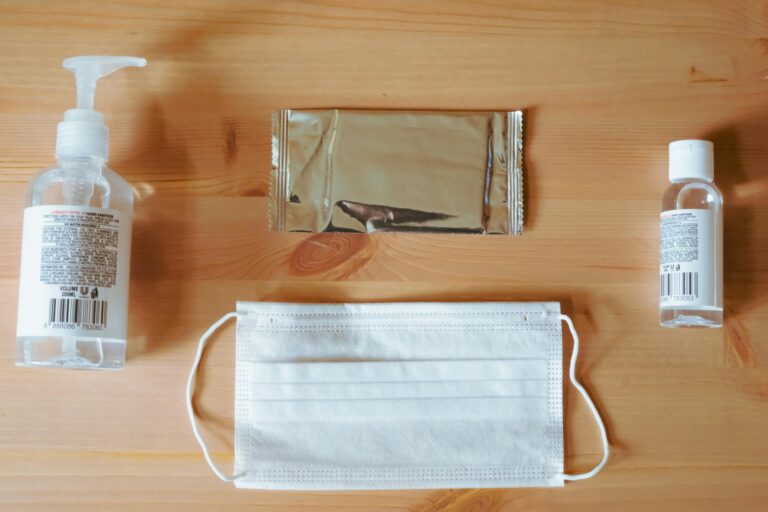
Keeping your makeup brushes clean is essential for maintaining healthy skin and flawless makeup application. However, cleaning your brushes while on the go can be a challenge. DIY…
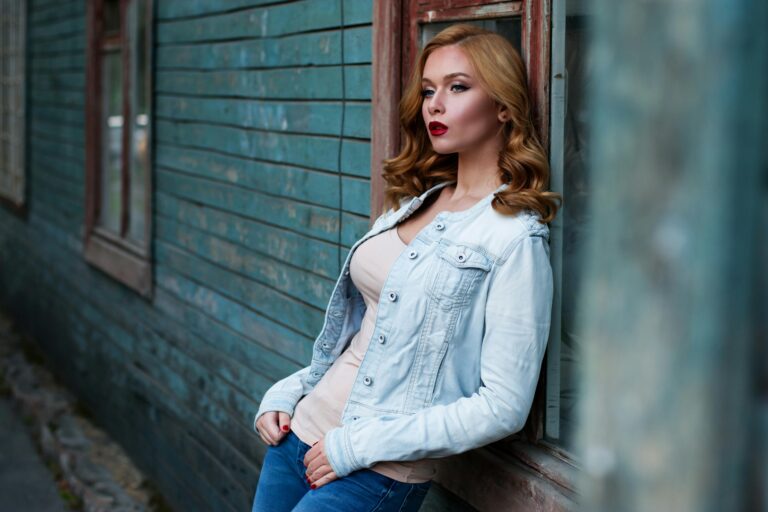
Geometric makeup is an art form that combines precision, creativity, and structure to create bold, angular, and symmetrical looks. This makeup style uses sharp lines, shapes, and patterns…
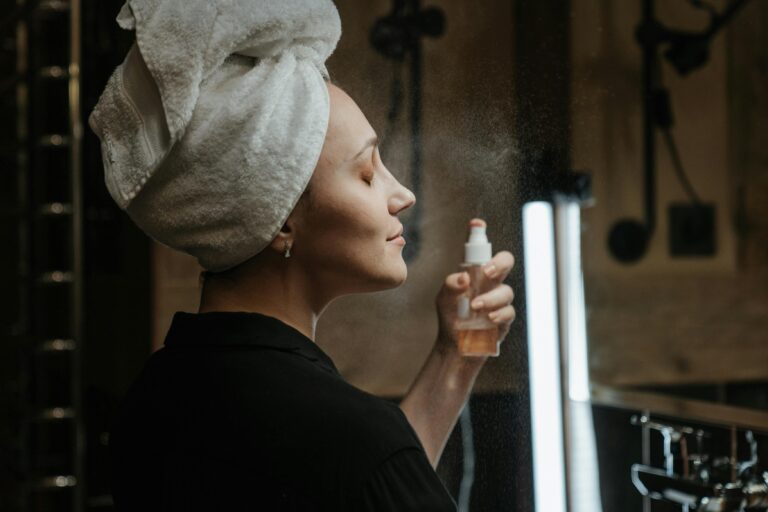
If you struggle with oily skin, keeping your makeup in place throughout the day can feel like an impossible task. Mattifying setting sprays are the ultimate solution for…
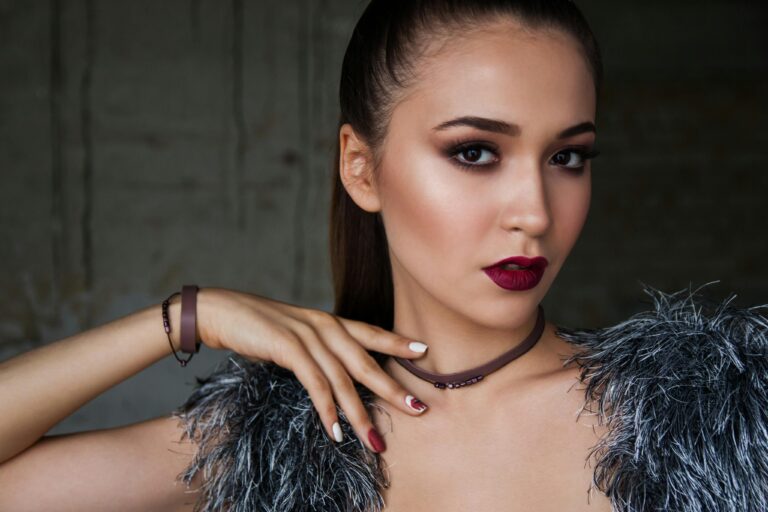
Makeup has always been a reflection of culture and innovation, and cybernetics is now inspiring some of the boldest trends in beauty. With metallic hues, intricate circuitry patterns,…
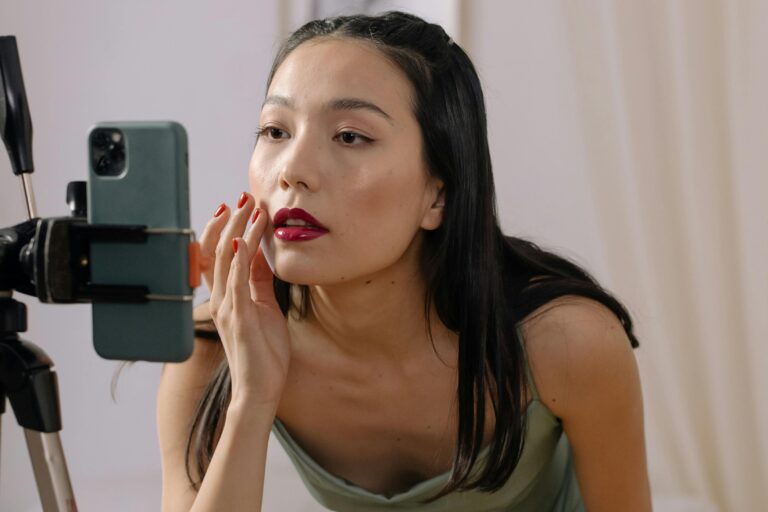
Live streaming has become a key way to connect with audiences, whether for gaming, business, or personal content. Looking polished and camera-ready can boost your confidence and help…